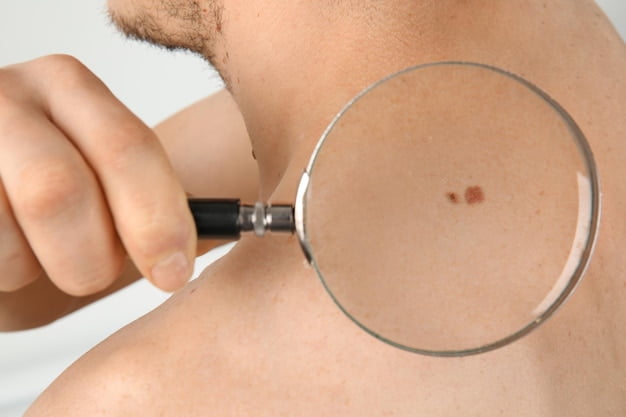
Introduction
Light brown birthmarks, often referred to as cafe-au-lait spots, are a common dermatological phenomenon that affects many individuals across the globe. These marks can appear at birth or develop over time, and they vary in size and appearance. In this article, we will delve into the world of light brown birthmarks, exploring their causes, different types, and available treatment options. Whether you have a light brown birthmark yourself or are simply curious about this topic, read on to gain a comprehensive understanding.
What Are Light Brown Birthmarks?
Light brown birthmarks, scientifically known as cafe-au-lait spots, are flat, pigmented areas of the skin that range in color from light tan to dark brown. They typically appear during infancy or early childhood and can vary in size. These birthmarks are generally harmless and painless, but their presence can raise concerns about their causes and potential treatment.
Causes of Light Brown Birthmarks
The exact cause of light brown birthmarks is not entirely understood, but there are several theories:
1. Genetics
One prevailing theory is that genetics play a significant role in the development of cafe-au-lait spots. It is believed that certain genetic mutations can lead to an overproduction of melanin, the pigment responsible for skin color, resulting in these brown marks.
2. Neurofibromatosis
In some cases, light brown birthmarks can be associated with neurofibromatosis, a genetic disorder that affects the nervous system. These birthmarks may be one of the visible signs of this condition.
Types of Light Brown Birthmarks
Light brown birthmarks come in different variations, each with its unique characteristics:
1. Classic Cafe-au-Lait Spots
These are the most common type of light brown birthmarks and are often oval or round in shape. They tend to be uniform in color and are usually harmless.
2. Segmental Cafe-au-Lait Spots
Segmental cafe-au-lait spots are irregularly shaped and occur on one side of the body. They are less common than the classic type and may be associated with other medical conditions.
Diagnosis and Treatment
While light brown birthmarks are generally benign, it is essential to consult a dermatologist for a proper diagnosis. The doctor may recommend the following:
1. Dermatological Examination
A thorough examination of the birthmark’s size, color, and shape is essential to determine its nature. In some cases, a biopsy may be necessary for a definitive diagnosis.
2. Laser Therapy
For individuals who find their cafe-au-lait spots cosmetically bothersome, laser therapy can be an effective treatment option. This procedure helps reduce the pigmentation and visibility of the birthmark.
3. Cosmetic Concealers
Cosmetic concealers and makeup can be used to cover up the birthmark temporarily. They provide a quick and non-invasive way to conceal cafe-au-lait spots.
Living with Light Brown Birthmarks
It’s important to note that many individuals with light brown birthmarks lead entirely healthy lives. These birthmarks are typically harmless and do not cause any physical discomfort. However, if you have concerns about your birthmark or its appearance, consulting a dermatologist is a wise step to explore available treatment options.
Conclusion
Light brown birthmarks, or cafe-au-lait spots, are a common skin condition that can appear at birth or develop during childhood. While they are usually harmless, they can be a cause for concern for some individuals. Understanding the causes, types, and available treatment options for these birthmarks can help individuals make informed decisions about their care.
FAQs
1. Are light brown birthmarks cancerous?
No, light brown birthmarks are typically benign and not cancerous. However, it is essential to consult a dermatologist for a proper diagnosis and to rule out any underlying medical conditions.
2. Can light brown birthmarks fade over time?
In some cases, light brown birthmarks may fade slightly over time, but they usually do not disappear completely without treatment.
3. Are there any natural remedies for light brown birthmarks?
There are no proven natural remedies for light brown birthmarks. Consult a dermatologist for professional advice on treatment options.
4. Can light brown birthmarks be a sign of a more serious medical condition?
In some cases, segmental cafe-au-lait spots may be associated with underlying medical conditions such as neurofibromatosis. Consult a healthcare professional for a proper evaluation.
5. Is it necessary to treat light brown birthmarks?
Treatment for light brown birthmarks is not always necessary, especially if they do not cause physical discomfort or cosmetic concerns. However, individuals who wish to reduce their visibility have various treatment options available, including laser therapy and cosmetic concealers.


















